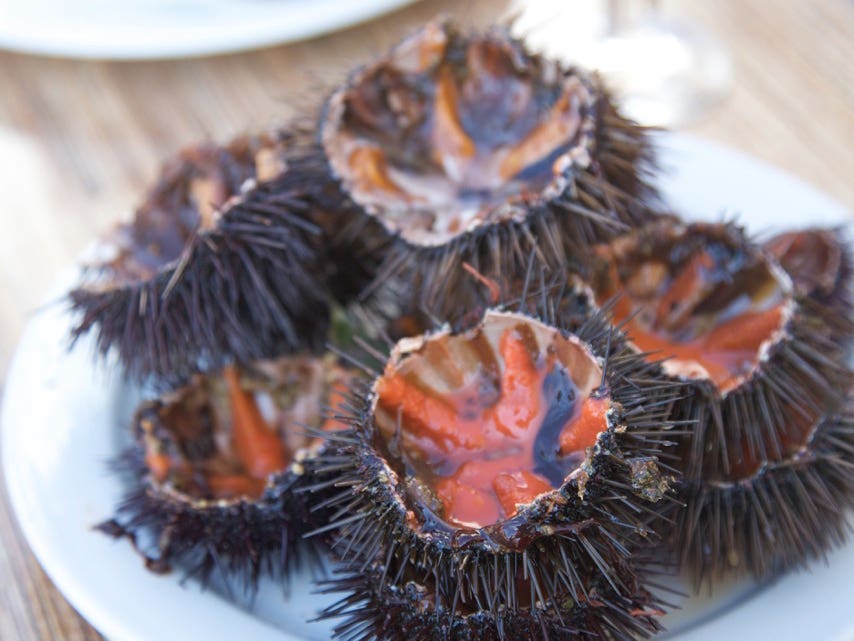
The Hunt for Mediterranean Sea Urchin is On
Now’s the time to feast on the truffle of the sea on Spain’s Costa Brava—but you better hurry
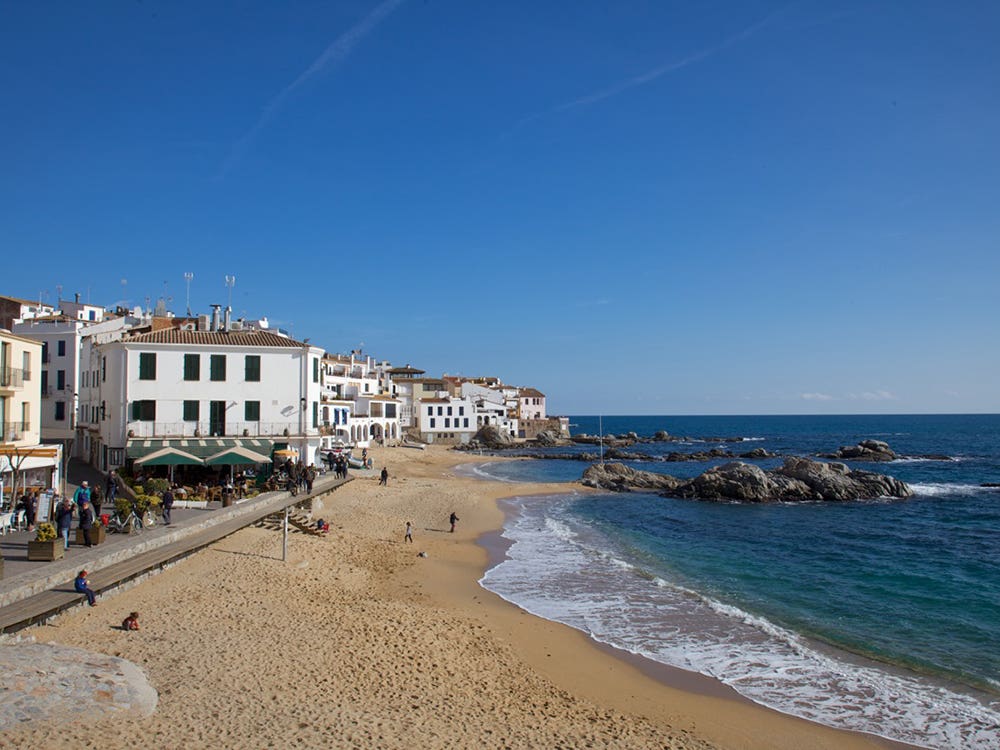
In January, when the Mediterranean is cold and calm, sea urchin season opens on Spain’s Costa Brava. During the next few months, Catalans flock to a trio of picturesque fishing villages along the Baix (Lower) Empordà near Palafrugell—Calella de Palafrugell, Llafranc, and Tamariu—to devour these unlikely delicacies.
From calçots (fat spring onions) to snails and chestnuts, the gastronomic calendar in Catalunya is replete with feasts and festivals celebrating the region's seasonal offerings. Fittingly for a place that appreciates nearly any sea creature that can be caught, dug, or prized from its rock, the first of the year focuses on the seemingly inedible sea urchin.
On January 13th, the seaside village Palafrugell and its neighbors kicked off the 26th edition of their annual garoinada, or gastronomic festival centered around sea urchins. It runs until March 30th. So on the first sunny weekend of the temporada (season), my wife and I made the 90-minute trek north from our home in Barcelona for our annual sea urchin binge.
Palm-sized and spherical, with prickly, inky-purple spikes, urchin go by a handful of names on the Costa Brava, including garoina, garota, and, fittingly, eriçó de mar ("hedgehog of the sea").
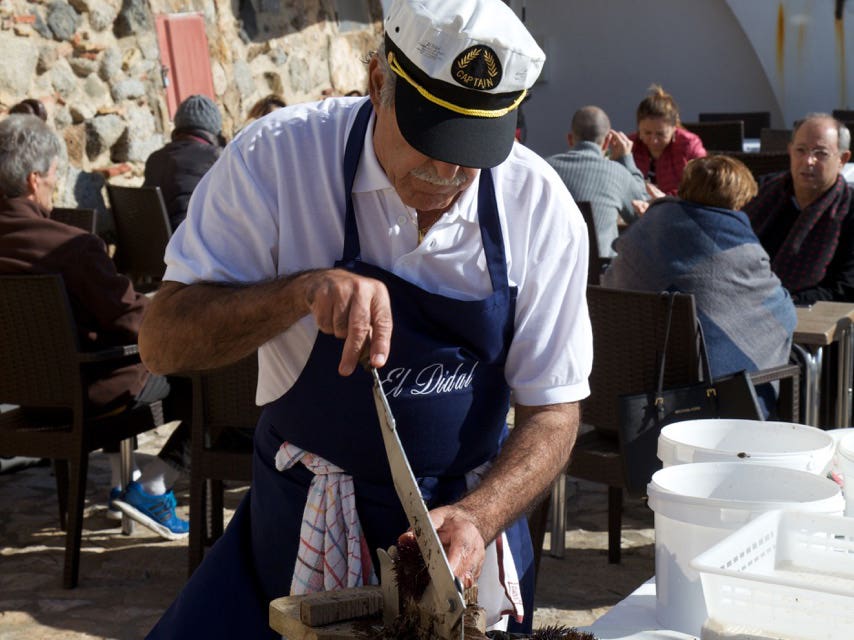
After cutting away the flat underside of a fresh sea urchin with a pair of sturdy scissors or specially made table-mounted cutter, the dark viscera gets cleaned out and the shell dunked in a bucket of seawater. Clinging to the inside of the globular shell are five brilliant orange strips. Some call these soft sacs roe, but they are actually the urchin’s gonads.
Uni is a popular Japanese ingredient, a favorite for Sicilian cooks to toss with spaghetti (spaghetti ai ricci di mare), and, up the coast at elBulli, was key to some of Ferran Adrià's most dazzling creations, including his first foam in 1994 (white beans served on sea urchin), turnip couscous with sea urchin, grapefruit caviar, and edible flowers, and lamb brains with sea urchins and sea grapes.
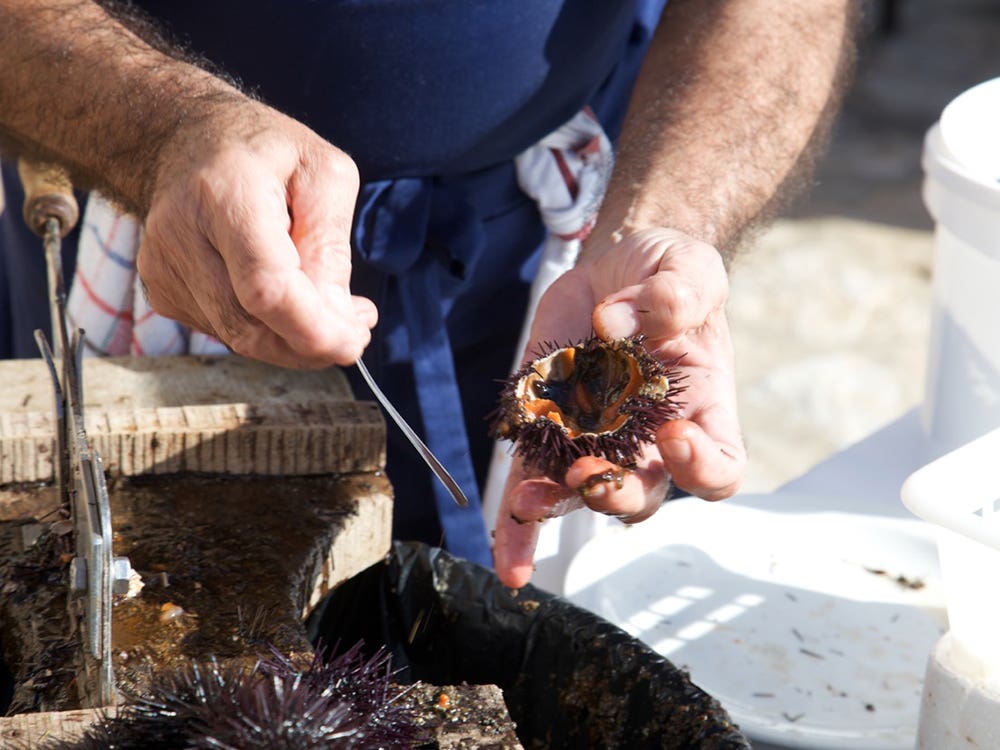
But along this stretch of coast it is traditionally enjoyed alone and unadorned—raw, fresh, and, at most, on bread.
Pillowy and lusty in the mouth, a mere spoonful packs a wallop that can only be likened to an underwater white truffles. Whereas truffles harness deep, loamy flavors of the forest, sea urchins are intense distillations of the Mediterranean: briny, minerally, metallic, clean.
For the garoinada, ten participating restaurants are offering traditional multi-course lunch menus that include an appetizer of a dozen garoines for around 40 euros. La Llagosta, in Llafranc, is serving them with two traditional local accompaniments that pair well, a plate of botifarra negre (blood sausage) and tender green garlic shoots. Following this is a choice of either fideus a la cassola amb llagosta (short fideo pasta in a cazuela with lobster) or pigs' feet with crab and wild black "trumpets of death" mushrooms. There are inclusive weekend packages, too.
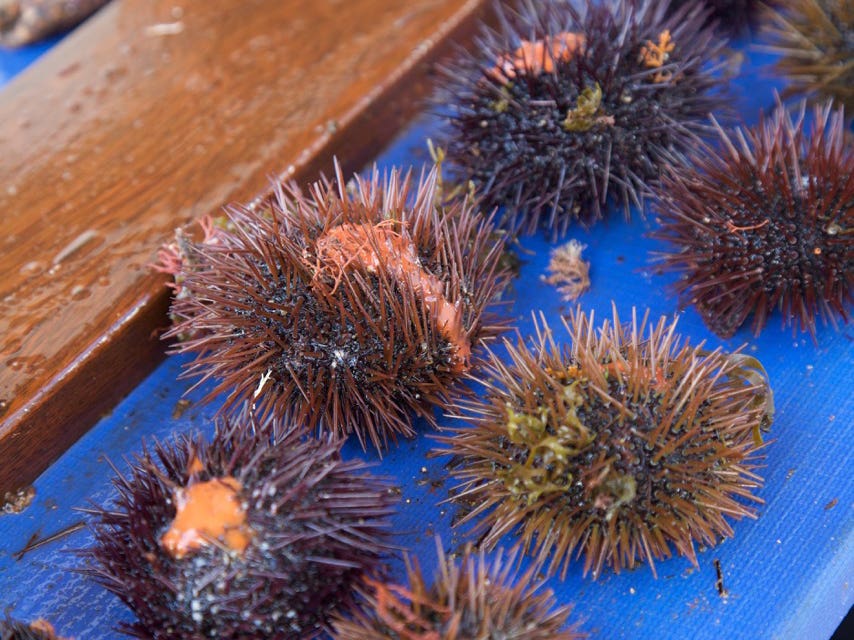
Like most people, though, my wife and I tend to skip set menus and just head to one of the beachside bars with a sunny terrace for a platter of garoines on the shell. In Calella, the largest of the three villages, that means Sol i Mar; El Didal, on the tiny Plaça de Port Bo edged by wooden fishing boats drug up on the sand; or the classic Can Gelpí, established in 1912.
"The season started poorly," said the waiter at Can Gelpí, with its triangular terrace hovering just above the sand. "But now"—two weeks in—"it is really good."
Word spread quickly, and demand on that brisk but clear Sunday soon outstripped supply.

Can Gelpí brought in two big sacks in the morning and halfway into the lunch service they were already gone. The garoines at El Didal didn't even last long. At one o'clock they started cleaning them on the square, and within 15 minutes there were none to be ordered. "All reserved," the waiters kept repeating to prospective customers.
Expect to pay about 20 euros for a dozen cleaned garoines.
But go now. And go early.
Jeff Koehler is the author of Spain: Recipes and Traditions. His book Darjeeling won the 2016 IACP Award for literary food writing. Where the Wild Coffee Grows will be published in autumn by Bloomsbury. Follow him on Twitter and Instagram.
Keep Reading
Continue to Next Story










